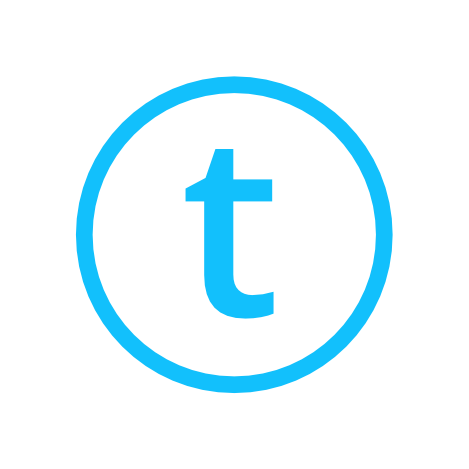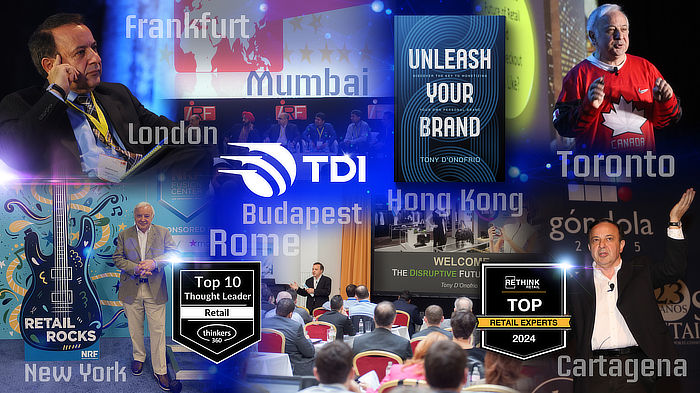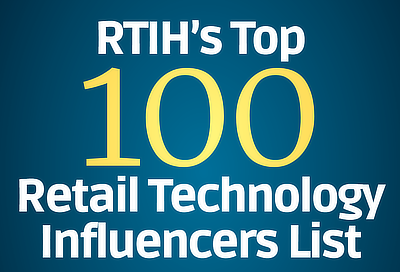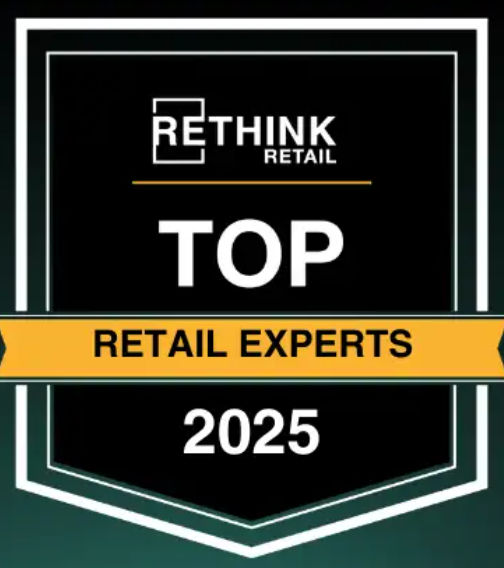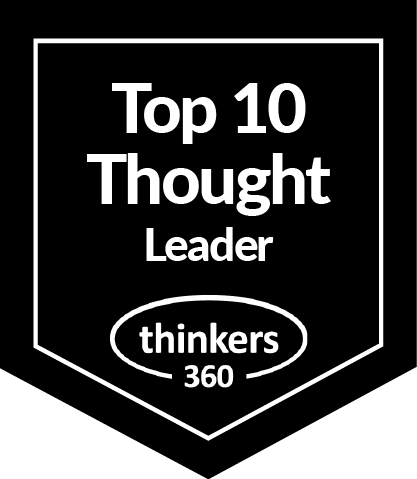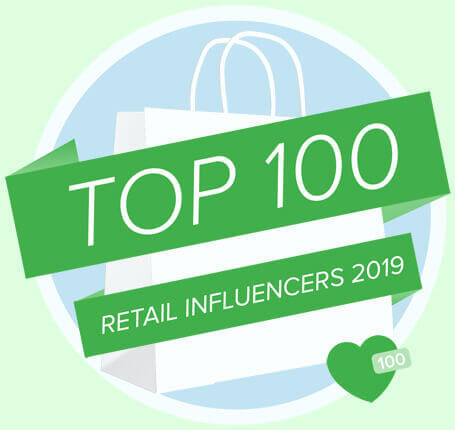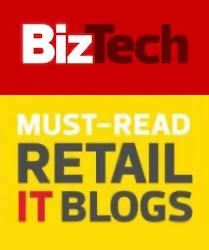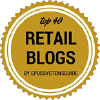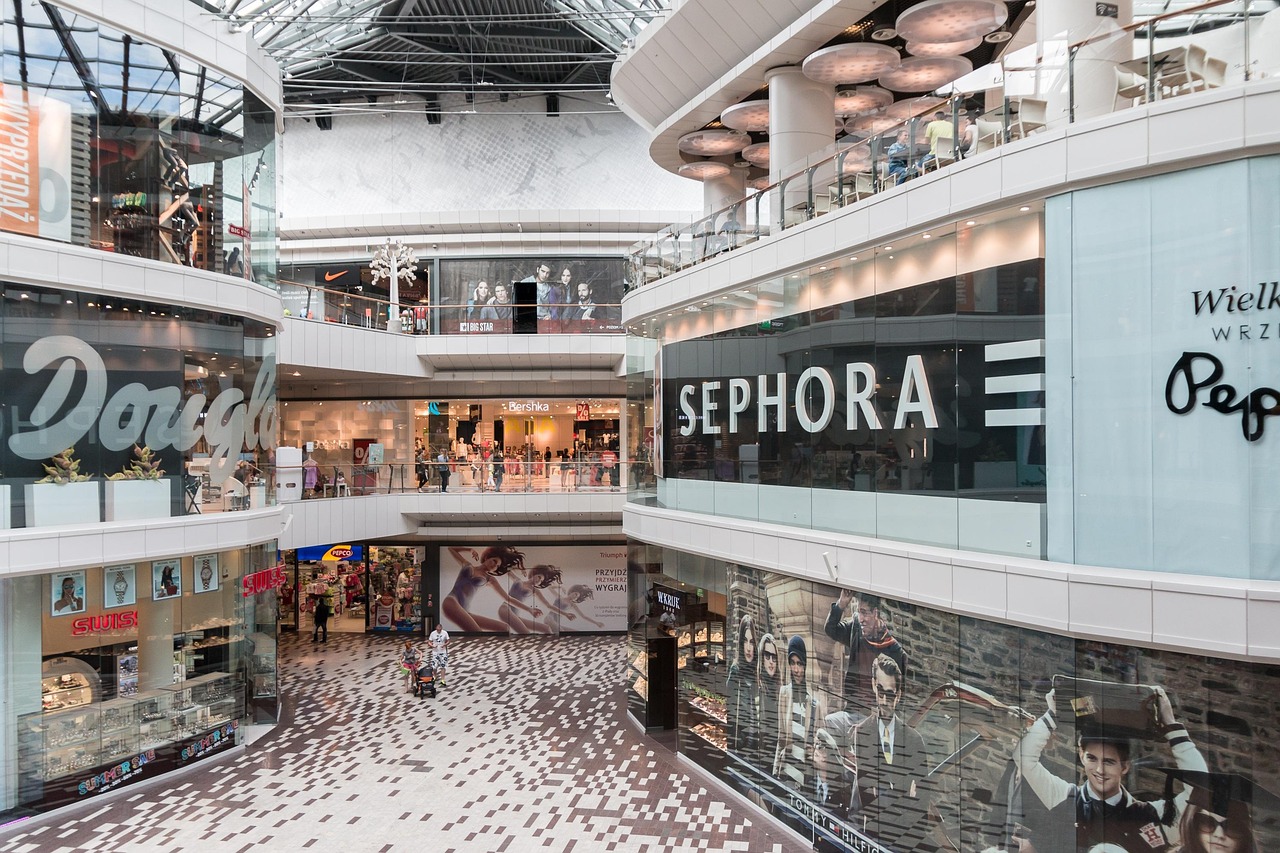
The new Kantar BrandZ leadership branding report has arrived and it is time to summarize my favorite content and categories. The 20th edition of this research finds that since 2006, over $9.3 trillion has been added to the Global Top 100, now valued at $10.7 trillion.
Brands from the United States, "now comprise 82% of the total value of the Global Top 100, up from 63% in 2006, but a rise among Chinese brands and volatility caused by escalating tariffs could threaten this order. Chinese brands have doubled their value over the past 20 years, now accounting for 6% of the overall value of the Global Top 100. These shifts have come at the expense of European brands, which for now account for only 7% of the Global Top 100 (down from 26% in 2006)."
"Even through economic crises, the world’s most valuable brands have consistently outperformed the S&P 500 and MSCI World Index over 20 years. This is irrefutable proof of marketing’s value. A brand is a company’s most valuable asset, and the last thing businesses should be doing in response to market shocks is cutting marketing investment."
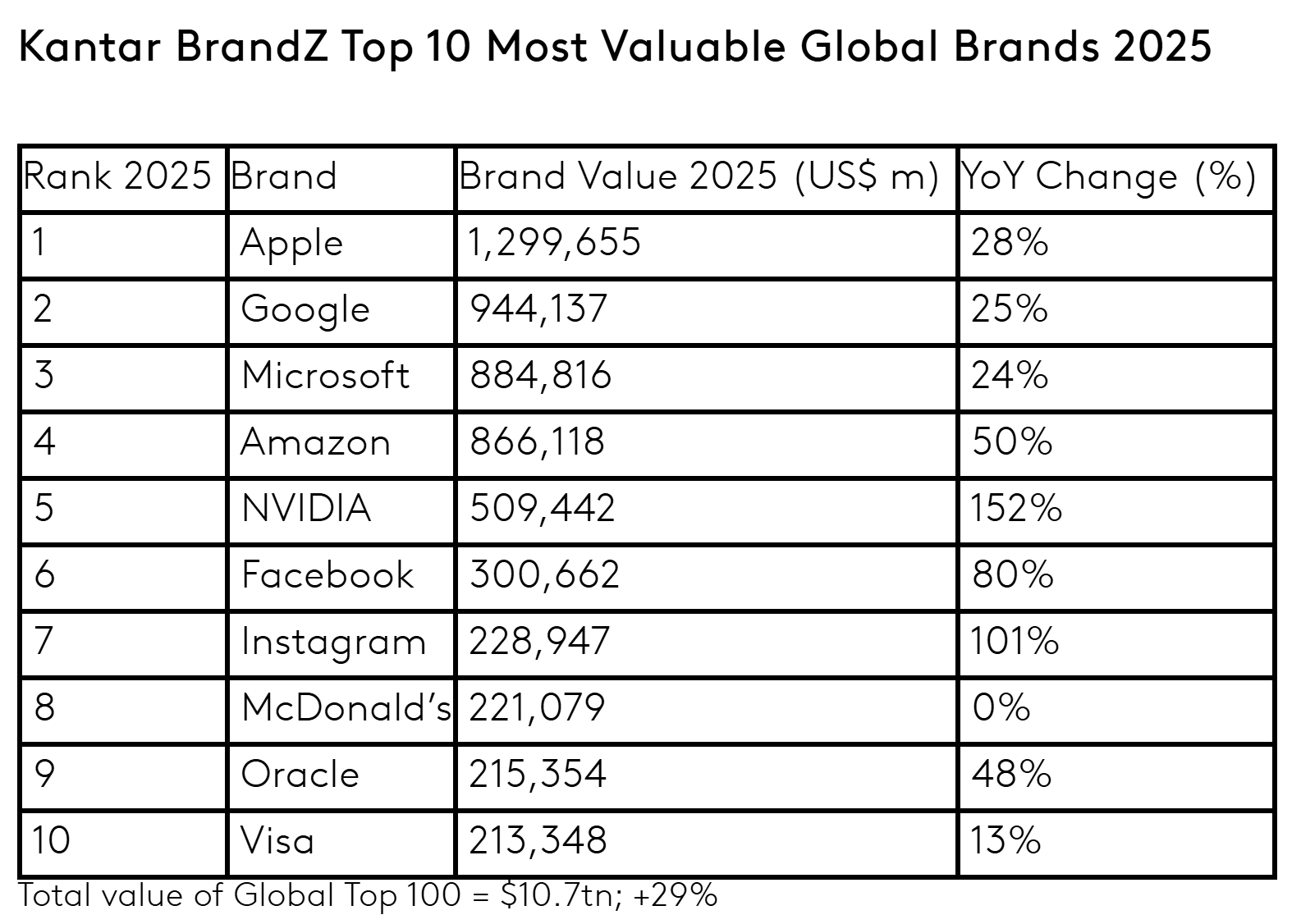
"Brands that disrupted their category or reinvented themselves have accounted for almost three-quarters (71%) of the incremental $9.3 trillion of value created in the Global Top 100 since 2006. In 2025 this includes Stripe and Chipotle, which have entered the ranking for the first time (in 85th and 86th place) and Aldi, which has been in the Global Top 100 for 15 of the past 20 years, and is currently ranked 94th."
This article focuses on the global branding leaders in apparel, luxury and retail. All content is from the 2025 Kantar BrandZ Report including ideas on on avoiding brand failures, insights to branding leadership, and a peek at AI future impact.
Brand Failure is NOT an Option
A favorite section in this year's report was the analysis of five brand failures from the past 20 years and the lessons learned. Included in this challenging list are Kodak, Blockbuster, MySpace, Blackberry, and Tupperware.
The common themes and implications from these branding failures:
- Inflexible business model - "Don’t resist change for fear of disrupting an existing business model. Pivot when necessary – the market will evolve regardless.
- Resistance to technology - "Embrace new technology and grasp opportunities to innovate and differentiate."
- Losing sight of consumer needs - "Consumer preferences will change – maintaining consumer-centricity is critical."
- Complacency and dismissal of emerging competitors - "Respect and regularly assess competitors – no brand is too big to fail, nor too small to succeed."
- Reliance on recognition and awareness - "Invest in establishing predisposition – represent something beyond product. Monitor brand health and focus on KPIs that matter."
Each of these brands were market leaders in their categories but were slow to adapt to change, missed key technology transition, and failed in leading the next generation of their respective product lines.
The Newcomers, Re-Entrants, and Top Risers
The Kantar BrandZ 2025 edition welcomed 13 newcomers and re-entrants.

Tech and media lead the top risers in value, but retailers also have a respectful presence.
The Top 10 Apparel and Luxury Brands
The Top 10 Apparel brands are worth $180.6 billion in 2025, essentially a flat change from the year before. "Uniqlo, Zara, and adidas all see strong brand value increases of 43%, 37%, and 31%, respectively. Chinese athletic apparel brand ANTA rises 11% as it competes more directly (and successfully) with western sports brands. Meanwhile, category leader Nike has seen its brand value decline amid an ongoing strategic revamp."
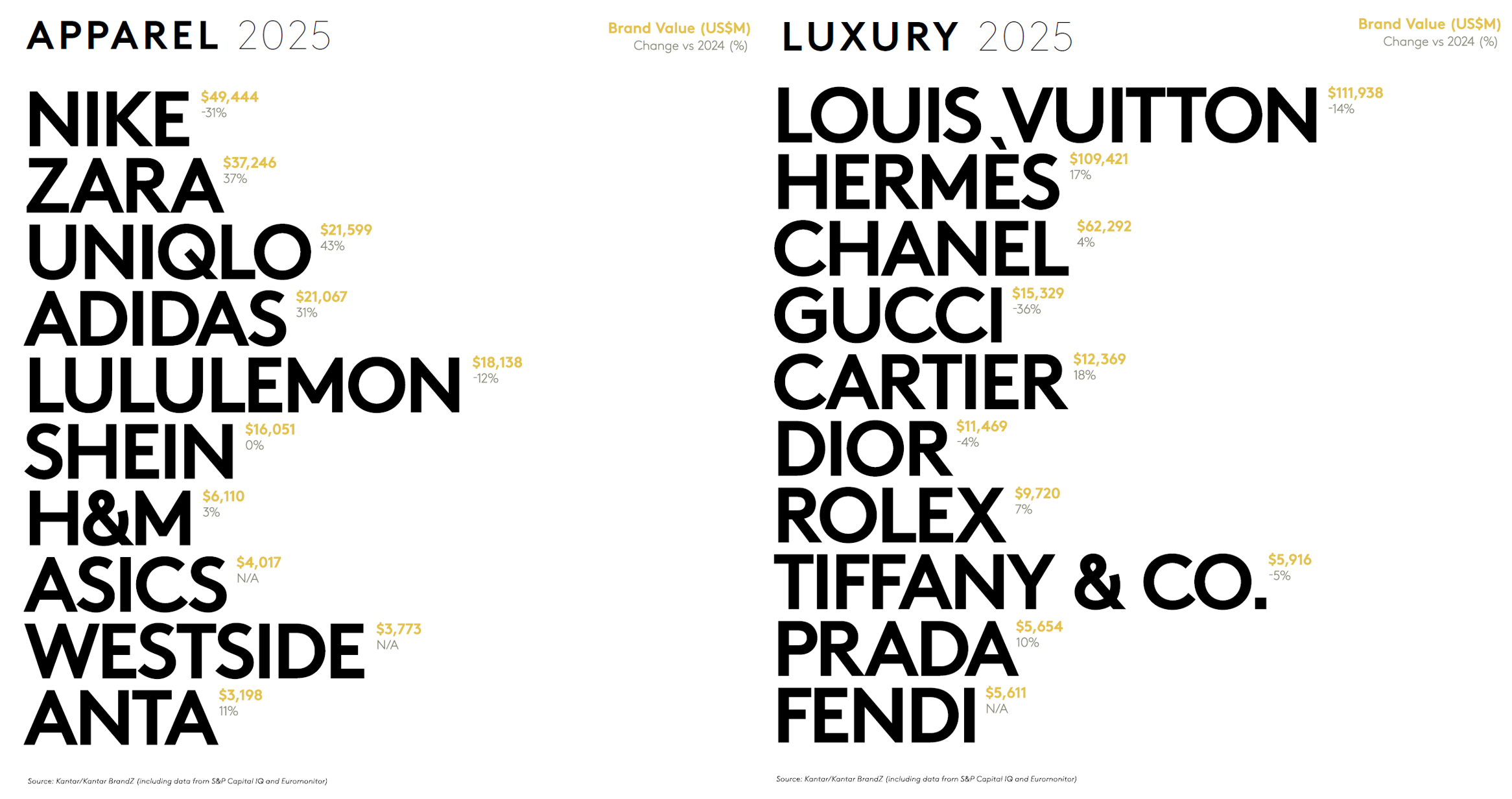
The Top 10 Luxury brands are worth $349.7 billion in 2025, seeing a 2% decline since 2024. "Generally, the Luxury category has grown in line with the Global Top 100. Not this year. Macroeconomic instability has caused many luxury shoppers to pull back – even more so than during the pandemic, when many VIP clients spent more. This is especially true in China."
The Top 10 Global Retail Brands
"Over the past two decades, the world’s top retail brands have become more global, digital, and valuable. Collectively, this year’s top 10 most valuable Retail brands (out of an overall top 20) are worth 496% more than the top 10 in 2006."
The Top 20 Retail brands are worth $933.1 billion in 2025, growing 48% over last year. No other category grew faster in this year’s Kantar BrandZ Global rankings.
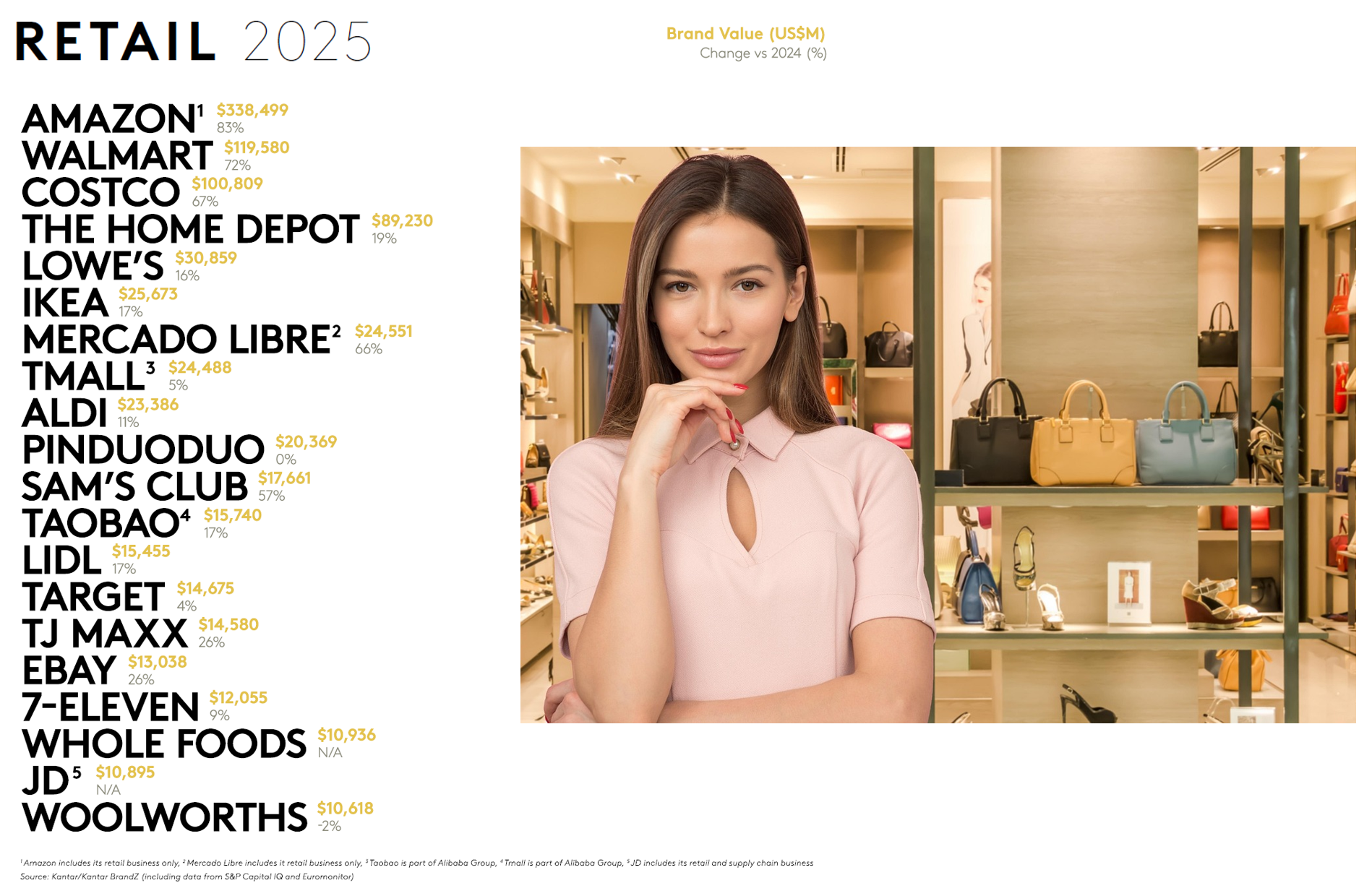
"The three most valuable Retail brands are also the fastest growing: Amazon, Walmart, and Costco, in that order. These brands have very different business models (and approaches to ecommerce, especially). But they all benefit from consumers’ search for value, while remaining relatively well insulated from category headwinds (for instance, the housing market challenges affecting US home-improvement brands)."
"Alongside this top three, Latin American ecommerce hub Mercado Libre and ‘membership store’ Sam’s Club have also overperformed relative to their category and region. Amazon-affiliated US grocer Whole Foods and Chinese ecommerce platform JD both re-entered the rankings this year."
Ten Insights to Branding Leadership
According to the 2025 edition of the Kantar BrandZ report, the most important insights include:
- Brand is a company’s most valuable asset - "Your brand is a critical asset. So, treat it like one, and convince all your corporate stakeholders to do the same."
- Disruption creates the most value - "Brands that disrupted themselves or their category created the majority of incremental value added to the world’s most valuable brands over the last 20 years."
- Trust is an outcome of experience, and crucial to retention - "In its most basic form, the act of branding a product creates an implied contract: a promise to deliver consistently in exchange for the price."
- Consumer perceptions are fluid, built from ongoing exposures and experiences - "Consumer decisions about which brand to buy, use, or choose are all influenced by what comes to mind in the moment."
- Meaningful Difference is the growth driver of brand value - "Brands that are Meaningful and Different on Kantar BrandZ metrics have a clear, demonstrated relationship to better business outcomes: increasing penetration, increasing market share, and ultimately increasing brand value for the company."
- More consumers than ever are engaged by sustainability - "Going forward, addressing sustainability will help mitigate business risk – and could potentially be a platform for any brand."
- Driving perception ahead of share gives brands a growth advantage - "Brands with extra equity tend to grow their brand values faster than their peer group."
- Salience alone is not enough - "Effective marketers ensure their brand is not only widely known, but also has ‘deep’ associations."
- Pricing Power enhances a brand’s financial performance - "Investment in brand helps to optimize margins. And it enables your brand to set the pricing agenda."
- Consistency maximizes growth potential - "Aim for consistency, because it is rewarded most of the time. But also make sure you’re using forward-looking data that can help you to spot (and avoid) an unexpected disruptive challenge."
Greater disruption to branding is ahead. "Artificial intelligence stands poised to transform brand building, reshaping every aspect from product innovation and content creation to media strategy."
"The journey has just begun, and embracing AI with a clear vision and thoughtful application to specific use cases will be crucial for leveraging its full potential. Think big, start small, and start now – the future of AI in brand building promises to be an exciting and transformative era."

